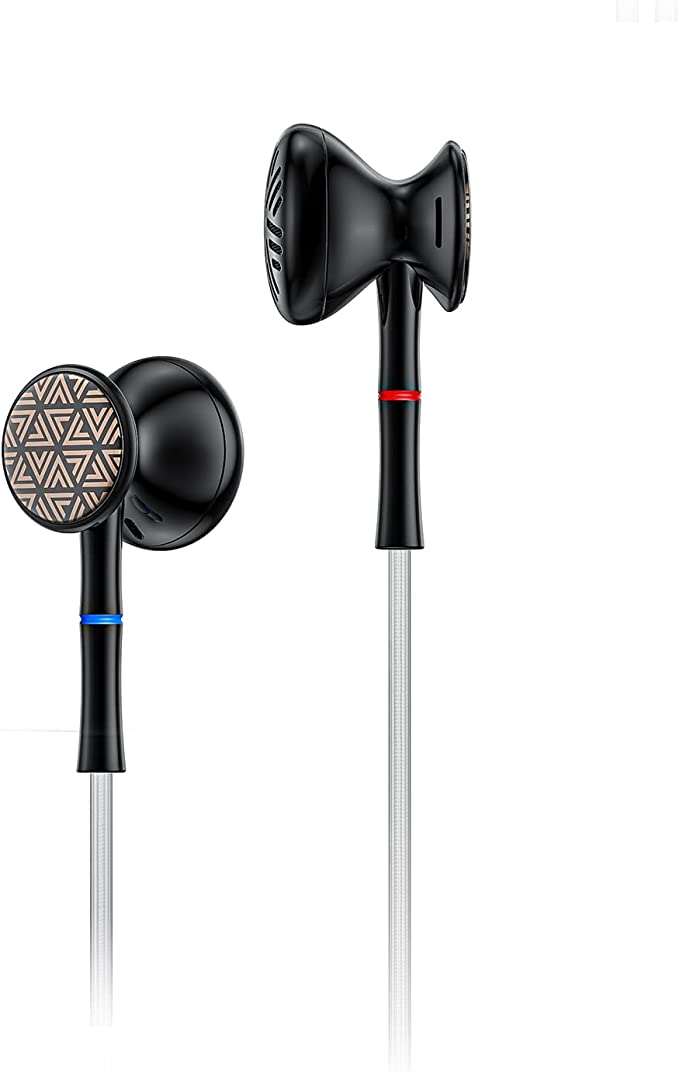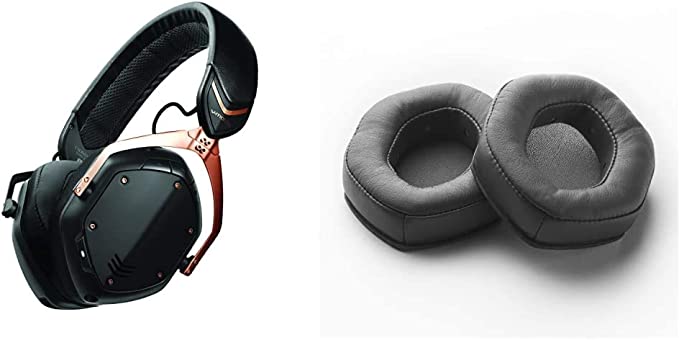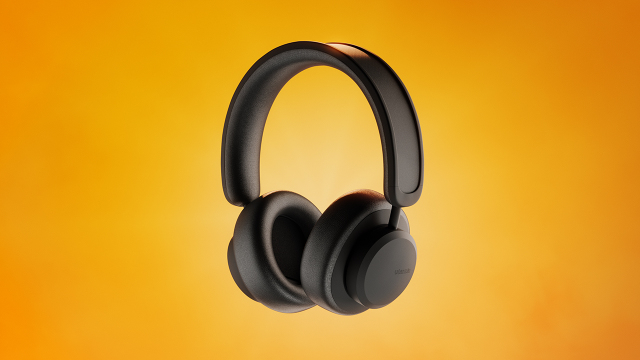Maeline Wholesale Bulk Earphones: Budget-Friendly Audio for the Masses
Update on June 30, 2025, 10:34 a.m.
Imagine, for a moment, a dimly lit room in 1878. The air hums with the clicking of relays and the low murmur of voices. Here, telephone operators, the pioneering women of a new technological age, work tirelessly before a massive vertical switchboard. Their job is to connect people, and they do so by physically plugging thick, quarter-inch brass connectors into a dizzying web of sockets. Each connection is a deliberate, tactile act. That hefty plug, a marvel of 19th-century engineering, is the great-great-grandfather of the tiny, almost weightless device you might find in a classroom, a museum, or an airplane seat today: the simple wired earphone.
The journey from that massive switchboard plug to the modern 3.5-millimeter jack nestled in a pair of Maeline Wholesale Bulk Earphones is more than a story of miniaturization. It’s a masterclass in enduring design, a testament to the power of getting something so fundamentally right that it survives for over a century. When Sony unleashed the Walkman in 1979, it wasn’t just selling a tape player; it was selling freedom. And the key to that freedom, the very umbilical cord of a generation’s personal soundtrack, was the 3.5mm stereo jack. It became the universal standard, the unspoken agreement that your headphones would work, anywhere. This Maeline earphone, in all its simplicity, is a direct descendant, a carrier of that legacy.

The Whispers of Physics: Silent Guardians of Sound
To dismiss these earphones as merely “cheap” is to overlook the elegant physics at play. The product description notes that they “create a seal in the ear canal,” a phrase that hints at a powerful acoustic principle: passive noise isolation. Think of it like this: trying to have a conversation in a windy park is difficult because your brain is working overtime to filter out the noise of the wind. Step inside a room and close the door, and the conversation becomes effortless. The earphone’s in-ear design is that door. It creates what physicists call an acoustic impedance mismatch—a barrier that reflects a significant portion of ambient sound waves before they can ever reach your eardrum.
This has a profound and often underappreciated benefit, explained by a foundational concept in psychoacoustics known as the Fletcher-Munson curves. These curves, established in the 1930s, show that human hearing is not linear; our ears are most sensitive to mid-range frequencies (like human speech) and less sensitive to very low and very high frequencies, especially at low volumes. When you turn up the volume to overcome background noise, you are often just blasting those mid-range frequencies, leading to listening fatigue and potential hearing damage.
By physically blocking the outside world, these simple earphones allow you to listen at a lower, safer volume, as recommended by public health bodies like NIOSH. At this more moderate level, the audio sounds more balanced and natural because your brain isn’t fighting a war against ambient noise. The silence it creates allows the sound to be heard, not just overpowered.
Then there is the quiet genius of the L-shaped, or “right-angle,” plug. To an engineer, this isn’t a stylistic choice; it’s an act of mechanical empathy. A straight plug concentrates all the bending stress from daily use at one tiny point where the cable meets the rigid plug—a recipe for failure. The right-angle plug is a judo master. It gracefully redirects those forces along the body of the plug, diffusing the stress concentration. It’s why a user working in their yard would find these last longer than straight-plug alternatives. It’s a simple, brilliant solution to a real-world problem. Add to this a standard 32 Ohm impedance—a measure of electrical resistance—and you have a headphone that is, in electrical terms, “easy to please.” It sips power, making it perfectly compatible with any low-power source, from a smartphone to a tablet, a principle rooted in Georg Ohm’s fundamental law from 1827.

The Zen of Subtraction: Finding Strength in What’s Missing
In our feature-obsessed world, the product page’s declaration, “There is NO microphone, remote or volume control,” reads like an admission of defeat. It is, in fact, its greatest strength. This design embodies the spirit of Occam’s Razor, the philosophical principle that implores us to choose the simplest solution. Every added feature—a microphone, a control chip, buttons—is another component that can break, another source of electronic noise, another reason for failure.

For an institution like a school or a hospital, this simplicity is paramount. It translates to a near-zero Total Cost of Ownership (TCO) beyond the initial, minuscule purchase price. There are no batteries to replace, no Bluetooth connections to troubleshoot, no software to update. They are, in the best sense of the word, “dumb.” They just work. This explains the seemingly average 3.7-star rating. It’s not a measure of mediocrity; it’s the signature of a product that has found its perfect, and demanding, audience. The reviews lamenting its unsuitability for music (“sound is not good”) while praising its value are not contradictory. They are the chorus of a user base that understands the product’s true purpose: clarity for spoken word, podcasts, and educational content, not the thumping bass of a nightclub.

An Echo, Not an Ending
To hold one of these simple earphones is to hold an echo of history. It’s a reminder that the most elegant solutions are often the most enduring. In an age where we chase wireless freedom at the cost of battery anxiety and compatibility headaches, this humble device stands as a quiet counterpoint. It doesn’t seek to impress with complexity but to serve with reliability. It’s a testament to the idea that the right tool for the job is not always the one with the most features, but the one with the fewest flaws. The 3.5mm jack may be disappearing from high-end smartphones, but its spirit—a spirit of universal, robust, and beautifully simple connection—is timeless. It connects more than just a device to a listener; it connects us to a remarkable legacy of invisible genius.
























































